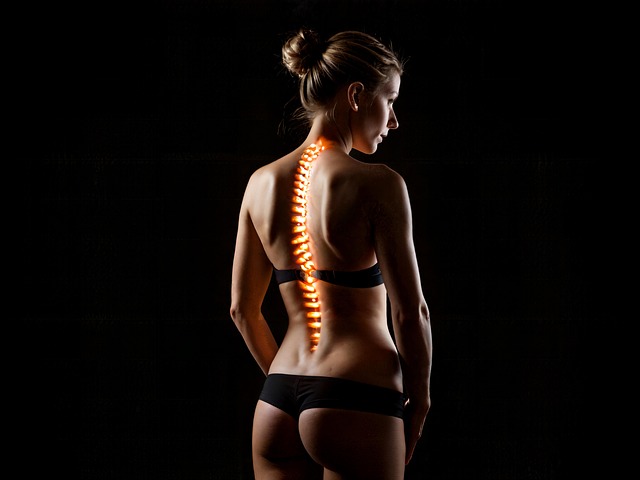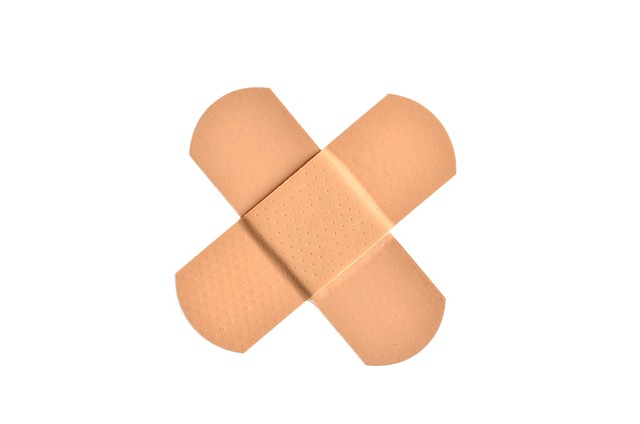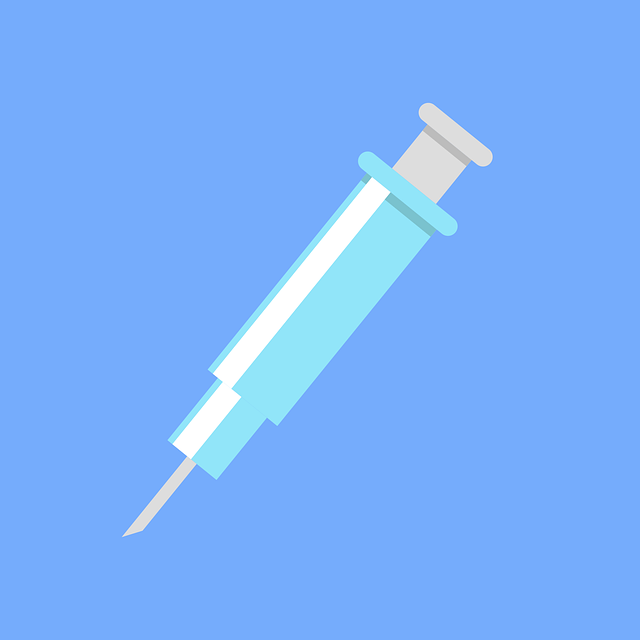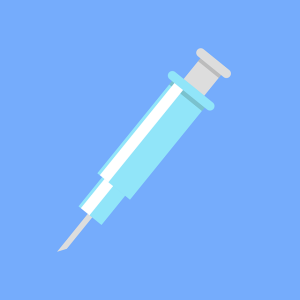Non-surgical laser treatments have emerged as popular anti-aging solutions, offering minimal downtime and reduced risks compared to invasive procedures. These technologies, including Fractional Lasers and Intense Pulsed Light (IPL), stimulate collagen production, target pigmentation, and enhance skin texture, providing subtle yet effective improvements. Ideal candidates are those seeking minimal changes with healthy skin and realistic expectations. Proper post-treatment care ensures optimal results, addressing temporary side effects like redness and irritation. These non-surgical treatments present a safe, efficient, and cost-effective path to anti-aging, boosting confidence with improved skin quality.
“Unwind the secrets of rejuvenated skin with our comprehensive guide on laser anti-aging procedures. Discover how non-surgical treatments are revolutionizing the skincare landscape, offering a blend of science and technology for visible results. From understanding the science behind lasers to exploring the benefits and risks, this article delves into the world of non-invasive anti-aging. Learn about various laser technologies, candidate selection, procedure insights, post-care guidance, and the long-term value of these cutting-edge solutions, making informed choices for youthful skin.”
Understanding Laser Anti-Aging: Unveiling the Science Behind It

Laser anti-aging procedures have emerged as a popular and effective way to combat signs of aging, offering a non-surgical alternative to traditional cosmetic treatments. The science behind laser technology in this context is quite fascinating. By targeting specific pigments and tissues within the skin, lasers can stimulate collagen production, enhance skin texture, and reduce the appearance of fine lines, wrinkles, and age spots.
These non-surgical treatments utilize different wavelengths of light to interact with the skin on a cellular level. For example, certain lasers emit energy that breaks up melanin, the pigment responsible for age spots and uneven skin tone. Other lasers stimulate fibroblasts, cells that produce collagen, leading to improved skin elasticity and a more youthful appearance. This innovative approach allows for precise manipulation of the skin’s structure and function without the need for invasive surgery.
The Appeal of Non-Surgical Treatments for Aging Skin

The appeal of non-surgical treatments for aging skin lies in their ability to offer visible results without the downtime, risks, or recovery periods associated with more invasive procedures. In today’s world, where individuals are increasingly seeking effective yet minimally disruptive solutions, non-surgical anti-aging treatments have gained significant popularity. These procedures cater to those who desire a youthful appearance but prefer to avoid surgery, making them an attractive option for folks of all ages and backgrounds.
Non-surgical treatments provide a range of benefits, from reducing fine lines and wrinkles to improving skin texture and tone. With advancements in technology, these treatments have become increasingly sophisticated, utilizing lasers, radiofrequency, and other innovative tools to stimulate collagen production and enhance skin elasticity. This approach not only addresses surface-level concerns but also targets deeper layers of the dermis, promoting a more vibrant, rejuvenated complexion without any incisions or extensive recovery.
Common Laser Technologies Used in Anti-Aging Procedures

In the realm of non-surgical treatments, several laser technologies have emerged as powerful tools for anti-aging procedures. One of the most commonly used is the Fractional Laser, which works by creating tiny holes in the skin to stimulate collagen production. This process helps to reduce the appearance of fine lines, wrinkles, and scars, while also improving skin texture and tone.
Another popular choice is the Intense Pulsed Light (IPL) therapy, which targets pigmentation issues and broken blood vessels commonly associated with aging skin. IPL emits a broad spectrum of light that is absorbed by specific chromophores in the skin, leading to improvements in skin elasticity and a more youthful complexion. These non-surgical laser treatments offer minimal downtime and are considered effective alternatives to more invasive anti-aging procedures.
Benefits and Potential Risks of Laser Treatments for Ageing

Laser treatments have emerged as a popular and effective approach to anti-ageing, offering non-surgical alternatives for those seeking youthful skin. These procedures work by stimulating collagen production, reducing fine lines and wrinkles, and improving overall skin texture and tone. One of the key advantages is their minimal downtime compared to traditional surgical methods, making them an attractive option for individuals who want to combat ageing without major interventions.
However, as with any cosmetic procedure, there are potential risks associated with laser treatments. Skin irritation, redness, and temporary sensitivity are common side effects that usually subside quickly. More seriously, improper usage or unsuitable settings can lead to skin damage, pigmentation changes, or even burns. It’s crucial to consult a qualified professional who can assess your specific needs and skin type, ensuring the procedure is tailored for optimal results while minimising risks.
Candidate Selection: Who is a Good Fit for Non-Surgical Laser Anti-Aging?

When considering non-surgical laser anti-aging treatments, certain individuals make for ideal candidates. These procedures are best suited for those seeking subtle improvements in skin texture, fine lines, and overall appearance with minimal downtime or discomfort. Patients with healthy skin, realistic expectations, and a commitment to consistent skincare routines are prime contenders.
Good candidate selection is key as it ensures optimal results. During consultations, dermatologists carefully assess individual needs, skin conditions, and lifestyle factors to determine if non-surgical lasers are the right approach. This personalized approach guarantees that each patient receives a treatment plan tailored specifically for their unique anti-aging goals.
The Procedure Step-by-Step: What to Expect During a Laser Session

During a laser anti-aging procedure, a trained specialist will begin by consulting with you to understand your specific skin concerns and goals. They’ll then prepare your skin by cleansing it and applying a numbing cream to ensure comfort throughout the session. The actual treatment involves positioning a specialized laser head over targeted areas, such as the face or neck. The laser emits precise pulses of light that penetrate the skin’s deeper layers. This process stimulates collagen production and breaks down damaged tissue, including fine lines, wrinkles, and age spots.
As the laser works, you may experience a gentle warming sensation. Some procedures may include additional steps, like applying a cooling gel to soothe the skin. After the session, your skin will be red and slightly irritated, similar to a sunburn. This is normal and usually subsides within a few hours or days. The specialist will provide aftercare instructions, which may include using specific moisturizers and avoiding certain activities until the skin has fully healed. Non-surgical treatments like these offer a minimally invasive approach to anti-aging, providing noticeable improvements in skin texture and appearance with little to no downtime.
Post-Treatment Care and Recovery: Ensuring Optimal Results

After undergoing any laser anti-aging procedure, proper post-treatment care is essential to achieve and maintain optimal results from non-surgical treatments. This includes following your dermatologist’s specific aftercare instructions, such as avoiding direct sun exposure without adequate protection, using recommended moisturizers and topicals, and steering clear of strenuous activities or hot tubs for a prescribed period. Staying hydrated, maintaining a gentle skincare routine, and adhering to any medication or treatment protocols will aid in the healing process.
During the recovery phase, it’s common to experience temporary redness, swelling, or sensitivity in the treated areas. These side effects usually subside within a few days to a week. It’s crucial to be patient and avoid touching or scratching the skin, as this can disrupt the healing process. Using cold compresses can help alleviate discomfort and reduce swelling. Remember, proper post-treatment care is key to unlocking the full potential of laser anti-aging procedures and ensuring you get the youthful glow you’re aiming for.
Exploring the Long-Term Effects and Value of Laser Anti-Aging

Laser anti-aging procedures, as non-surgical treatments, offer a promising path to reversing signs of aging. Beyond immediate results, long-term studies show consistent improvements in skin texture, fine lines, and age spots. The effects can be particularly noticeable for those seeking to mitigate the appearance of sun damage, a common issue that contributes significantly to premature aging.
The value of laser treatments lies not only in their ability to enhance skin quality but also in their safety and efficiency. As non-invasive procedures, they carry fewer risks compared to surgical alternatives, making them appealing to individuals who prefer minimal downtime. Moreover, the long-lasting results often provide a cost-effective approach to anti-aging, giving patients confidence in their investment in their skin’s health and appearance.
